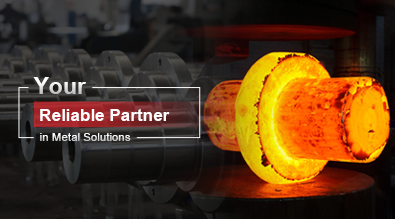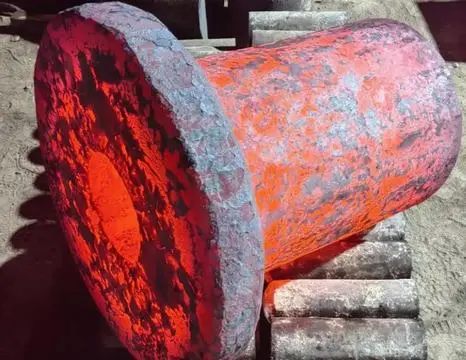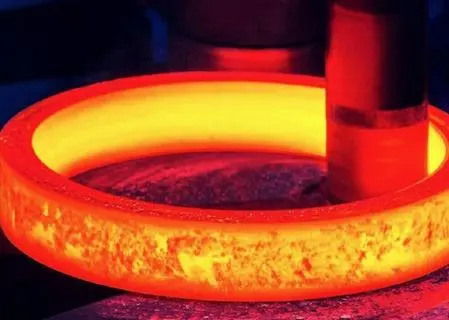The Role of Furnace Rolls in Industrial Safety
Heat Resistance and Material Integrity
Furnace rolls are engineered to withstand extreme temperatures without compromising their structural integrity. This heat resistance is paramount in preventing material handling accidents caused by equipment failure. High-quality furnace rolls maintain their shape and functionality even when exposed to intense heat, ensuring that materials being processed remain stable and secure throughout their journey through the furnace. The ability to resist thermal deformation not only protects the materials being handled but also maintains the alignment of the entire conveyor system, reducing the risk of jams or misfeeds that could lead to hazardous situations.
Load-Bearing Capacity and Stability
The robust design of furnace rolls allows them to support substantial loads without bending or breaking. This load-bearing capacity is crucial in preventing material drops or spills that could potentially harm workers or damage equipment. By providing a stable platform for heavy materials, furnace rolls minimize the risk of sudden shifts or imbalances during transport. The enhanced stability offered by these rolls is particularly important in processes involving large or irregularly shaped items, where maintaining proper positioning is essential for both safety and product quality.
Corrosion Resistance in Harsh Environments
Industrial furnaces often create corrosive atmospheres that can rapidly degrade standard materials. Furnace rolls are typically constructed from specialized alloys that offer superior resistance to corrosion and oxidation. This resilience against chemical attack ensures that the rolls maintain their structural integrity and surface quality over extended periods. By resisting degradation, these rolls prevent the formation of weak points or rough surfaces that could potentially snag or damage materials being transported, thereby reducing the risk of handling accidents or product contamination.
Enhancing Operational Efficiency Through Furnace Roll Design
Optimized Surface Characteristics
The surface design of furnace rolls plays a significant role in reducing material handling risks. Advanced manufacturing techniques allow for the creation of rolls with precisely engineered surface textures. These surfaces can be tailored to provide the optimal balance of grip and release properties, ensuring that materials move smoothly through the furnace without sticking or sliding unexpectedly. Some furnace rolls feature specialized coatings that further enhance their performance, offering additional protection against wear and improving material handling characteristics. The careful consideration of surface properties in roll design contributes to more predictable and controlled material movement, reducing the likelihood of handling errors or accidents.
Customized Geometries for Specific Applications
Furnace rolls can be customized in terms of diameter, length, and profile to suit specific industrial applications. This tailored approach allows for the optimization of material flow and handling within unique furnace configurations. For instance, rolls with larger diameters may be employed to reduce rotation speeds while maintaining linear material velocity, potentially decreasing wear and enhancing stability. Conversely, smaller diameter rolls might be used in applications requiring more frequent material contact or tighter turning radii. By matching roll geometry to the specific requirements of each process, manufacturers can significantly reduce handling risks associated with material misalignment or improper support.
Integration with Advanced Control Systems
Modern furnace rolls are often designed to integrate seamlessly with advanced control and monitoring systems. These intelligent systems can provide real-time data on roll performance, temperature distribution, and material positioning. By leveraging this information, operators can proactively identify potential handling risks and take corrective actions before issues escalate. Some advanced setups even incorporate automated adjustment mechanisms that can fine-tune roll positioning or rotation speed in response to changing conditions. This level of control and responsiveness greatly enhances the ability to maintain safe and efficient material handling throughout the heat treatment process.
Maintenance Strategies for Optimal Risk Reduction
Predictive Maintenance Techniques
Implementing predictive maintenance strategies for furnace rolls is crucial in preventing unexpected failures that could lead to material handling accidents. Advanced monitoring technologies, such as vibration analysis and thermal imaging, can detect early signs of wear or potential issues before they become critical. By analyzing trends in roll performance data, maintenance teams can schedule interventions at optimal times, minimizing both the risk of sudden breakdowns and unnecessary downtime. This proactive approach not only enhances safety but also extends the operational life of the furnace rolls, contributing to long-term cost savings and improved reliability in material handling processes.
Regular Inspection and Cleaning Protocols
Establishing and adhering to rigorous inspection and cleaning schedules is essential for maintaining the integrity and performance of furnace rolls. Regular visual inspections can identify surface defects, misalignments, or signs of wear that might compromise material handling safety. Cleaning protocols should be designed to remove any build-up of debris or residues that could affect roll performance or material interaction. These maintenance activities should be conducted using appropriate safety equipment and procedures, considering the high-temperature environment in which furnace rolls operate. Consistent application of these protocols ensures that rolls remain in optimal condition, reducing the risk of handling errors or equipment-related incidents.
Strategic Replacement and Upgrade Planning
Developing a strategic approach to furnace roll replacement and upgrades is vital for maintaining high safety standards in material handling. This involves not only replacing rolls at the end of their service life but also considering upgrades that incorporate the latest advancements in roll technology. Factors such as changes in production requirements, improvements in material science, or the availability of more efficient designs should all be considered in this planning process. By proactively managing the lifecycle of furnace rolls, industries can ensure they are always utilizing equipment that offers the best possible protection against handling risks. This forward-thinking approach also allows for better budget allocation and minimizes the potential for unexpected disruptions due to outdated or failing equipment.
In conclusion, furnace rolls are indispensable components in reducing material handling risks within high-temperature industrial environments. Their advanced design, incorporating heat-resistant materials and optimized geometries, provides a stable and reliable platform for material transport through furnaces. By facilitating smooth material flow, minimizing the potential for accidents, and enabling automated handling systems, furnace rolls significantly enhance both safety and operational efficiency. The strategic implementation and proper maintenance of these critical components serve as a cornerstone in comprehensive risk mitigation strategies for industries relying on high-temperature processes. For more information on how furnace rolls can improve your material handling safety and efficiency, please contact us at info@welongpost.com.




